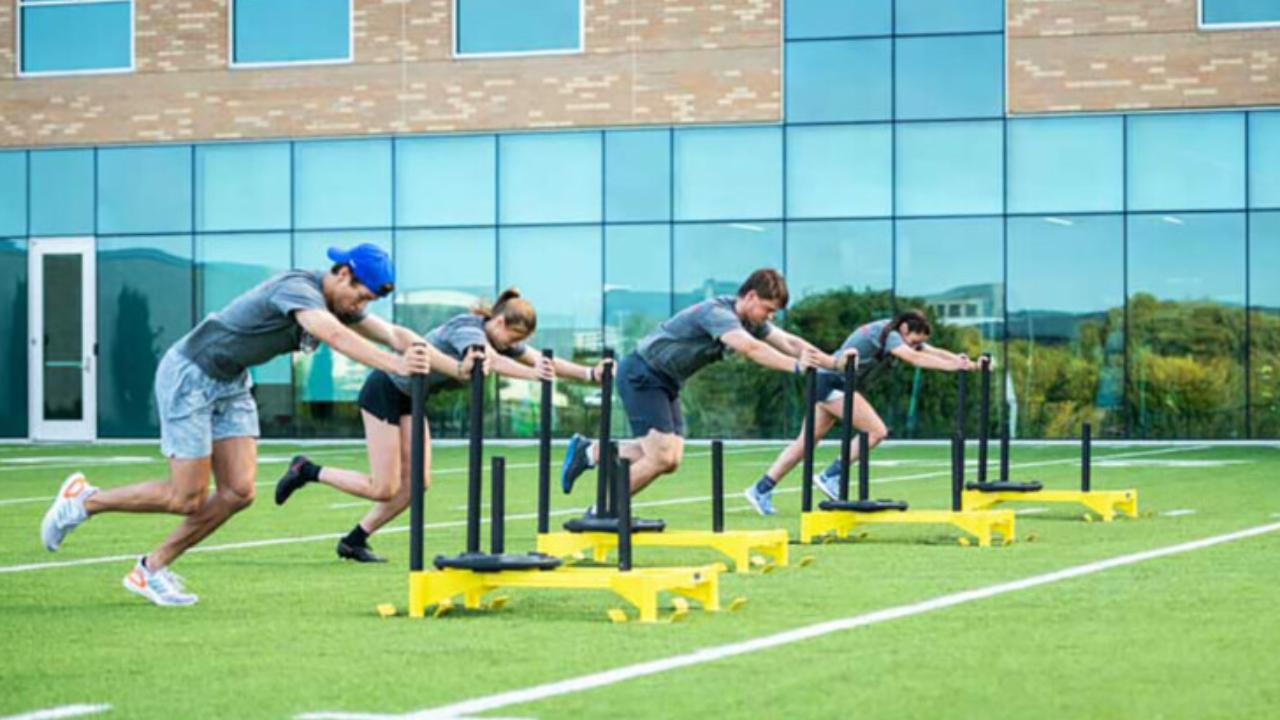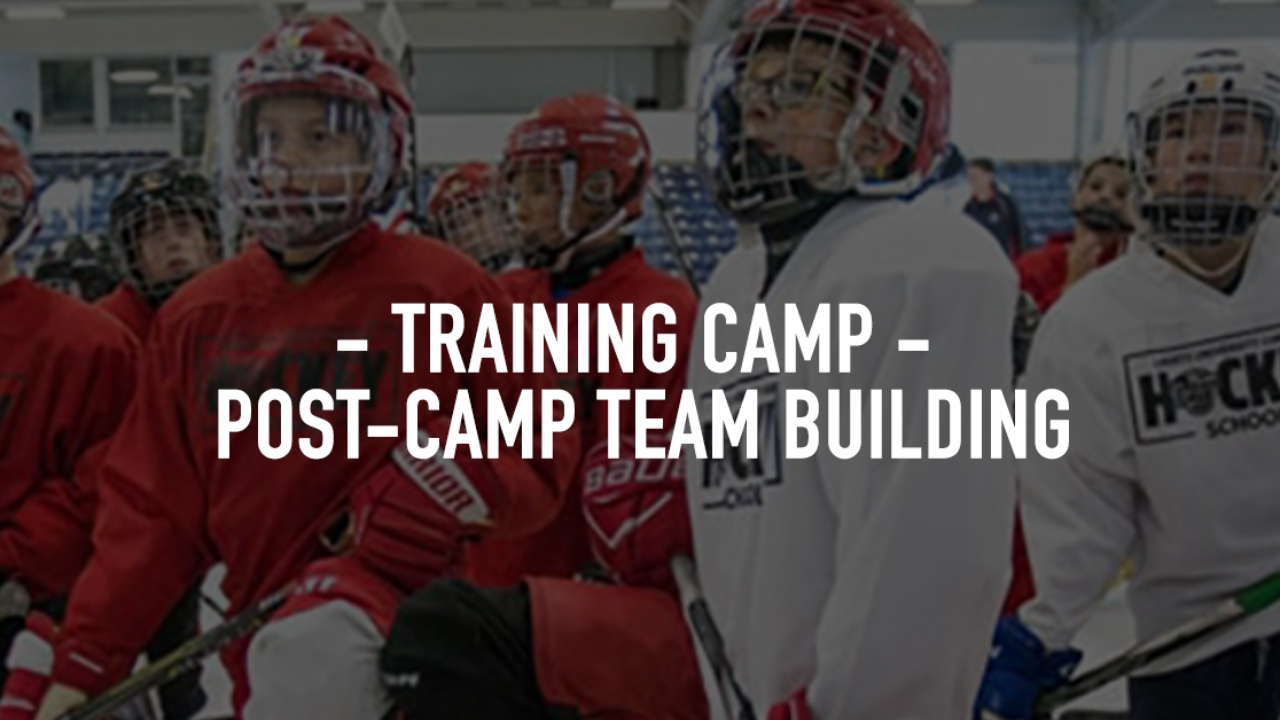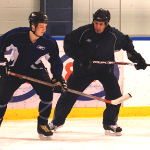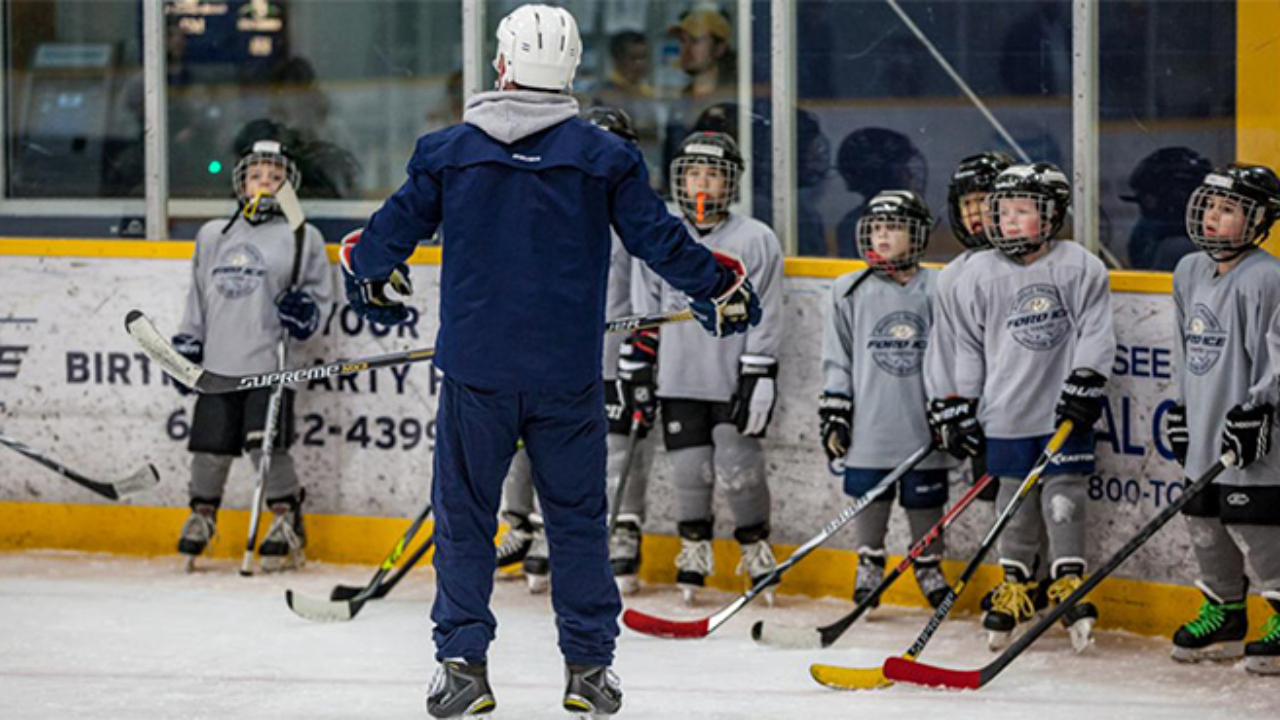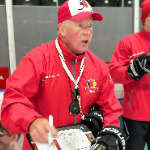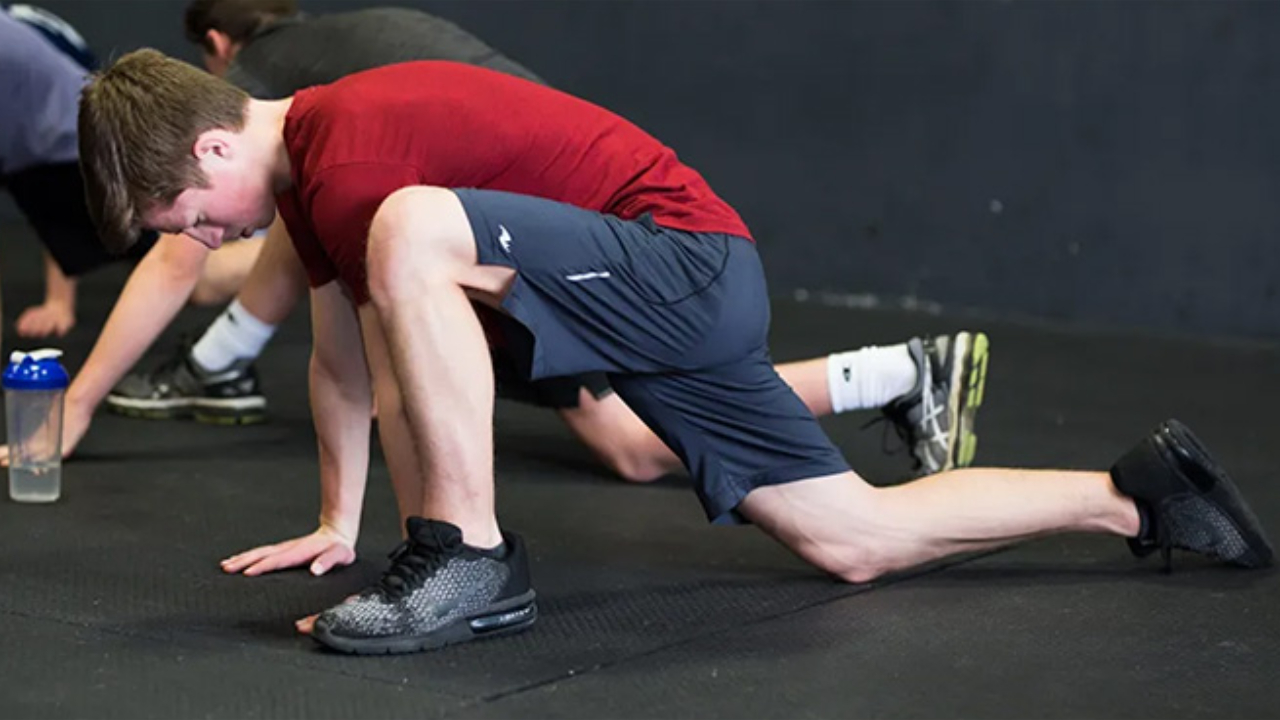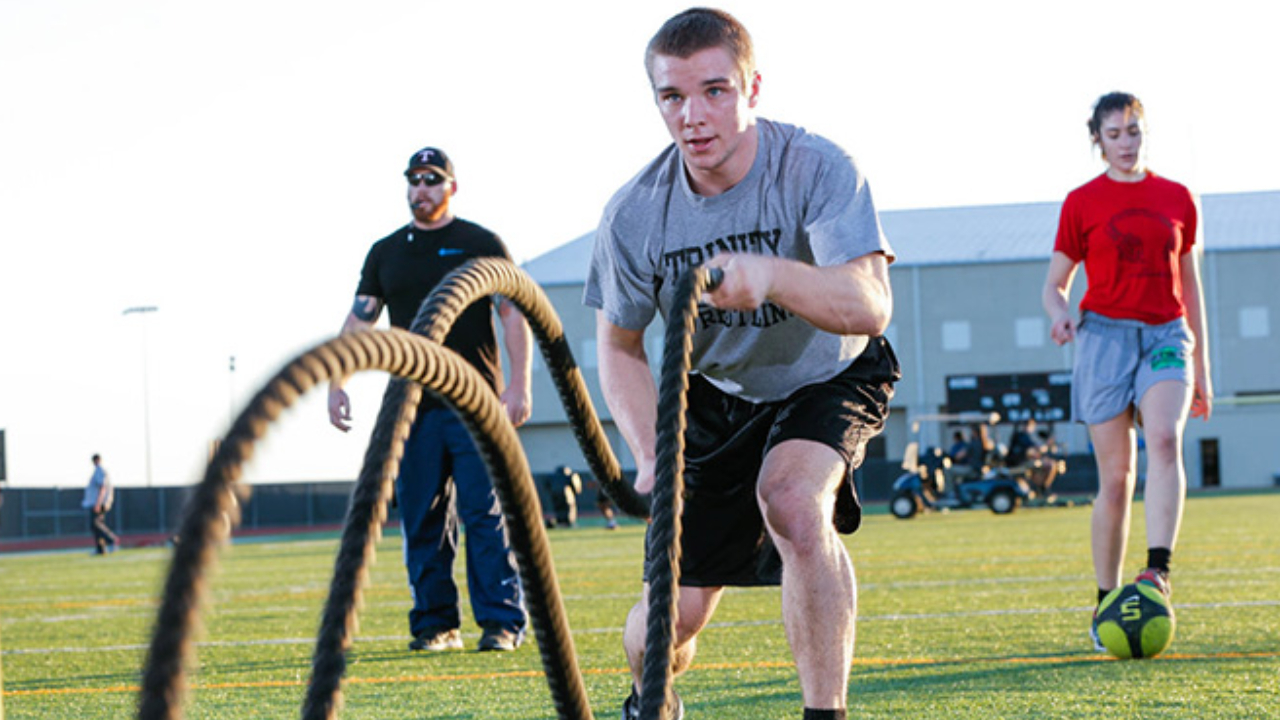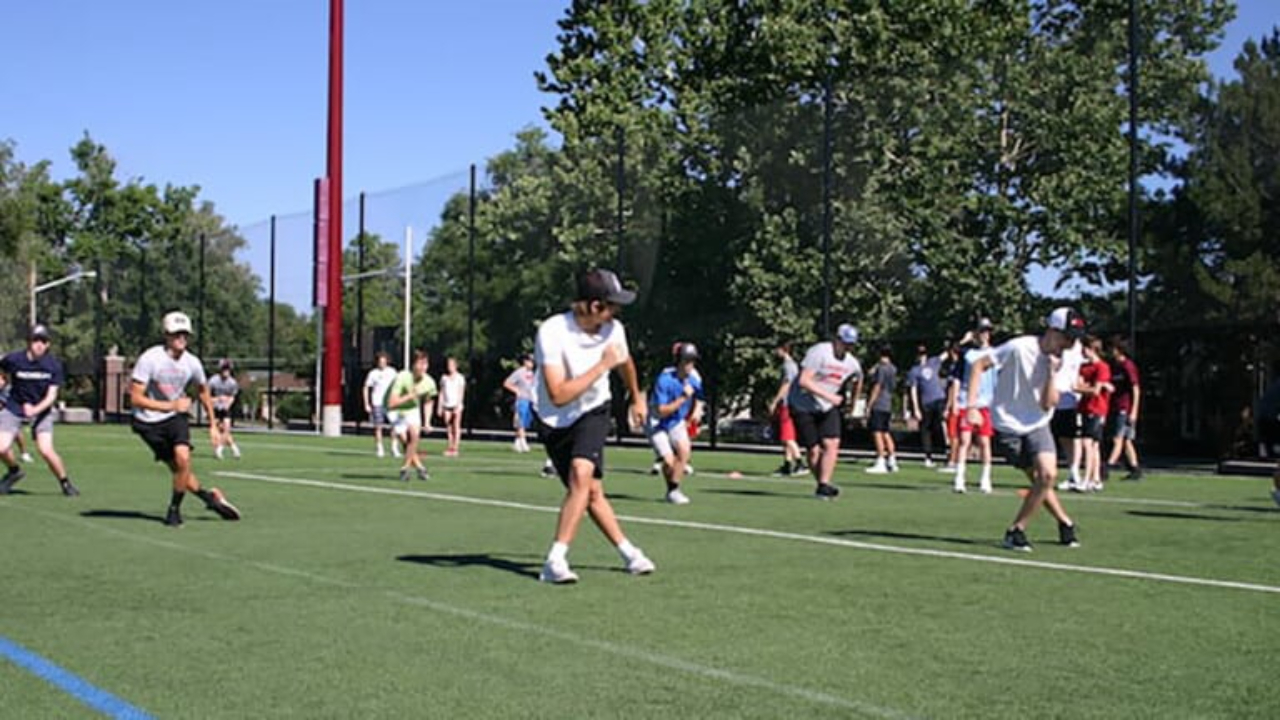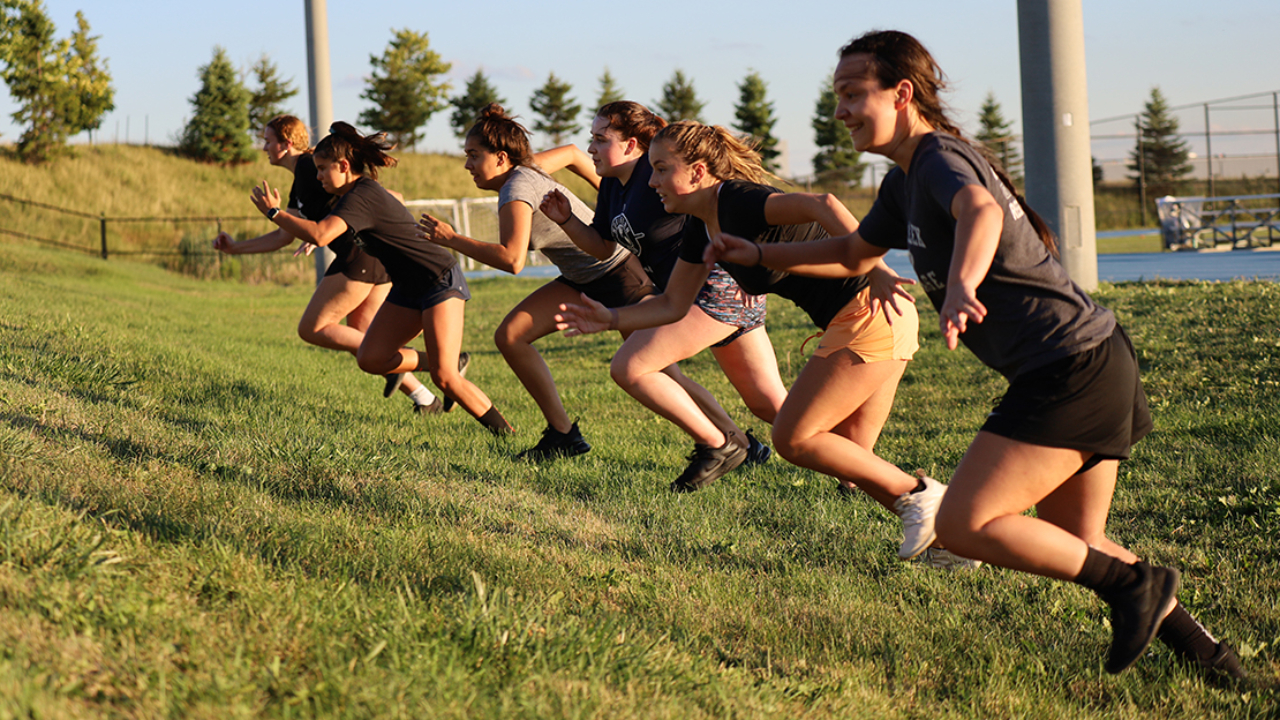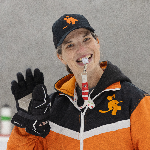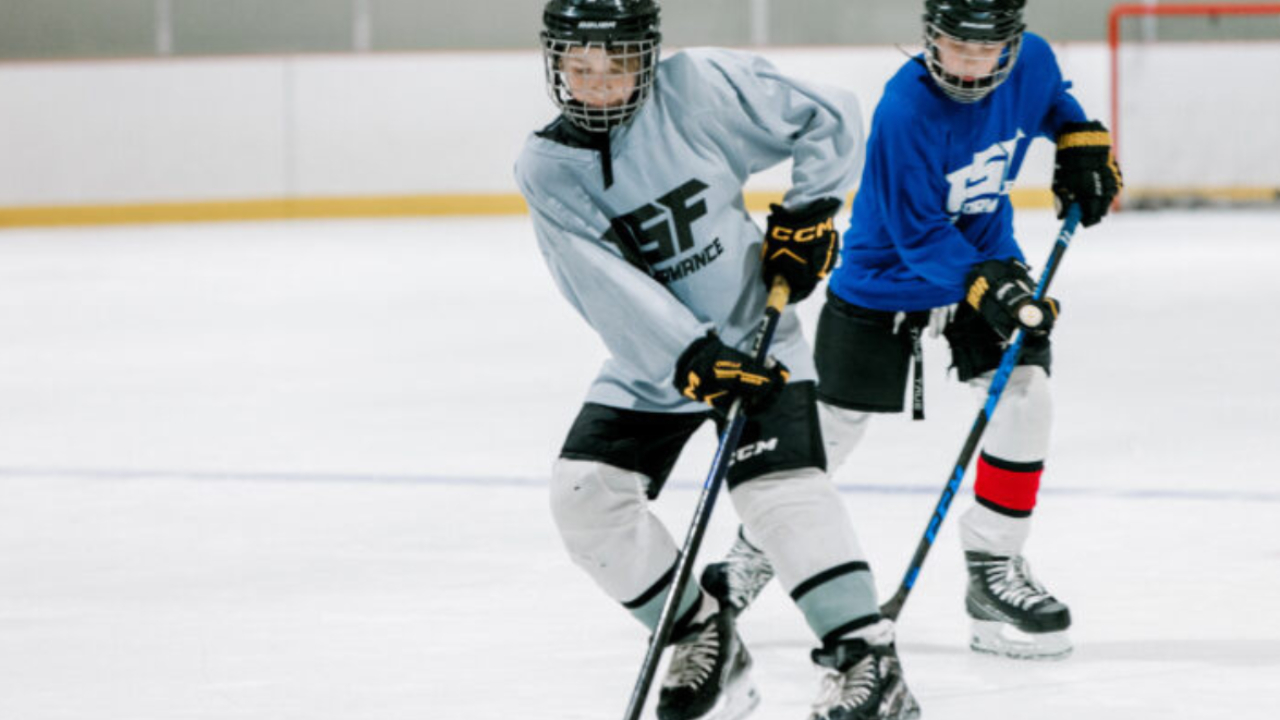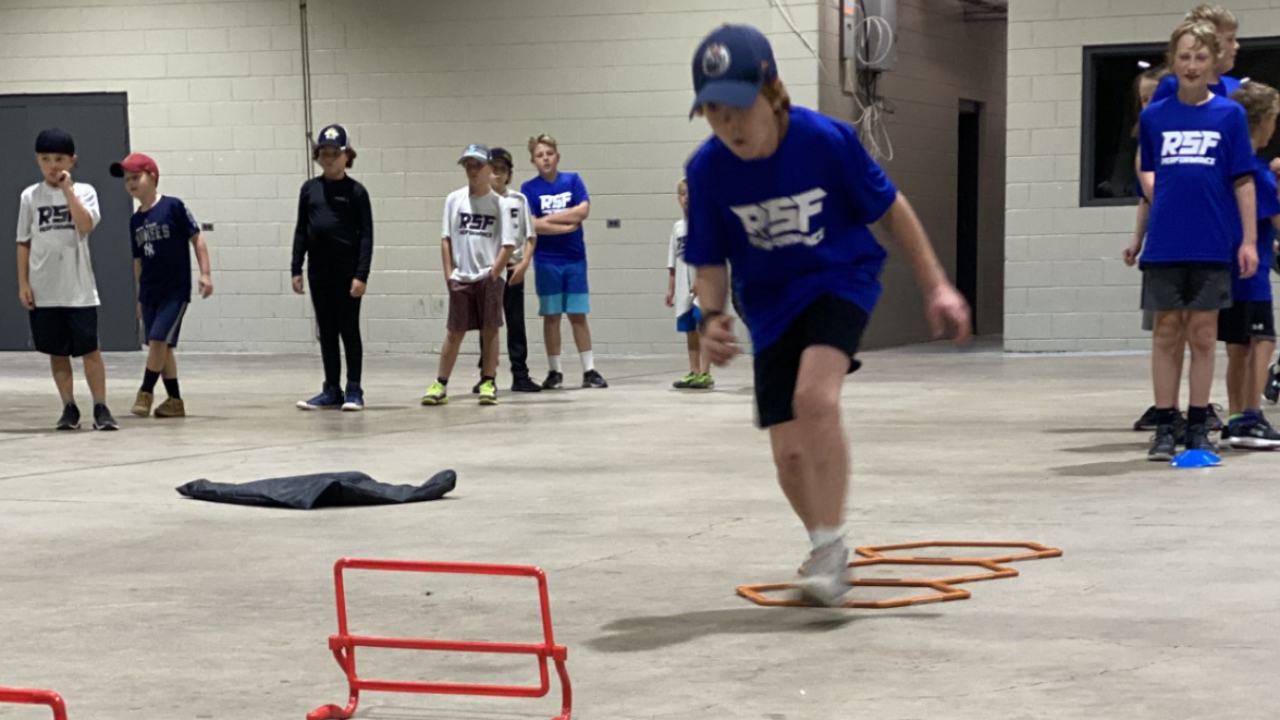
As July rolls around, it's time for players to hit the gym and focus on their off-season training. Finding the right program with progressions and proper stages is key to maximizing performance on the ice. It's important to understand the balance between on-ice and off-ice training to ensure optimal results throughout the year.
Understanding Your Training Phases
The off-season presents a golden opportunity to ramp up your workouts starting with a focus on maintenance volume. This phase is all about keeping your body primed and ready, laying the groundwork for more intense sessions ahead. Gradually, you'll shift into the minimum effective volume, where the real magic begins. Here, training intensifies just enough to spark noticeable improvements in strength and endurance without overtaxing your system.
As you gain momentum, the temptation to push harder and faster becomes stronger. This is where the overreaching phase comes in – but only for a short term, you will push beyond your current capacities. (normally 1-3 weeks) While it's a powerful tool for breakthroughs, caution is the name of the game. It's easy to cross the line into overtraining, which can derail your progress and put your health at risk. Transitioning through these phases with mindfulness and a well-structured plan paves the way for optimal gains and a robust foundation for in-season activities, ensuring you're not just ready but thriving when it's time to perform on the ice.
Avoiding Common Training Pitfalls
A misstep many players encounter is the tendency to push themselves too hard for extended periods, particularly during the season when both on-ice and off-ice sessions are in their training programs. This backtracks progress, leading to diminished performances when it matters most, during a game. The art of training smart involves tuning into your mind-body connection and recognizing the fine line between productive exertion and detrimental overtraining. It's about striking the right balance—ensuring you include adequate rest and recovery phases to complement the intensity of your workouts. Remember, your body achieves growth and repairs itself during periods of rest. Embracing a holistic view of your training, one that includes rest days and lighter sessions as integral components can prevent the common pitfalls of overtraining. By fostering a mindful approach to how and when you train, you're setting the stage for sustained progress and peak performance, avoiding the setbacks that come from ignoring the warning signs of fatigue and overexertion.
Off-Season Training Strategies
Make sure, we as coaches, are communicating with our team's strength trainers to create a training program that progressively challenges our players, moving from a solid foundation of maintenance volume to pushing the boundaries during the overreaching phase. Emphasizing a mixture of strength training to build muscle, cardiovascular exercises to boost heart health, and mobility routines to ensure flexibility, your off-season can be both productive and invigorating. The secret lies in increasing the intensity and volume of your workouts gradually, allowing your body to adapt without risking overtraining. Incorporate exercises that mimic the demands of hockey, ensuring that the gains made off the ice translate to improved performance when it matters.
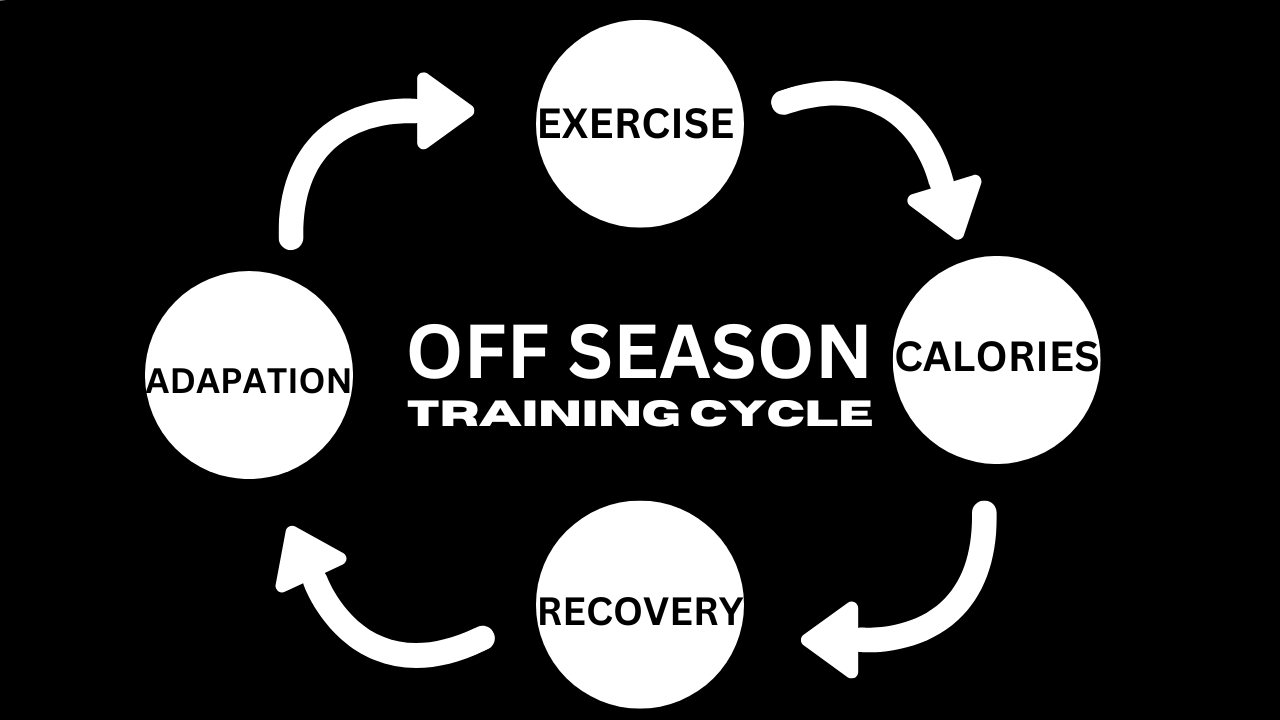
Navigating In-Season Training
The focus should shift during in-season training: maintaining the strength and conditioning levels you've worked hard to build during the off-season. In this phase, the aim isn't to push for new personal records but to sustain your athletic performance and ensure you're in top shape for every game. This means adjusting your off-ice training to a maintenance volume that supports your body's needs without overwhelming it.
Effective in-season training is all about balance. It's essential to craft a program that aligns with the demands of your on-ice activities, ensuring you're not only staying strong but also minimizing the risk of injuries and setbacks.
Remember, the goal during the season is to maintain your fitness level, not to overextend yourself. Incorporating recovery strategies, such as stretching, foam rolling, and adequate sleep, becomes even more vital to keep your body resilient against the rigors of the season.
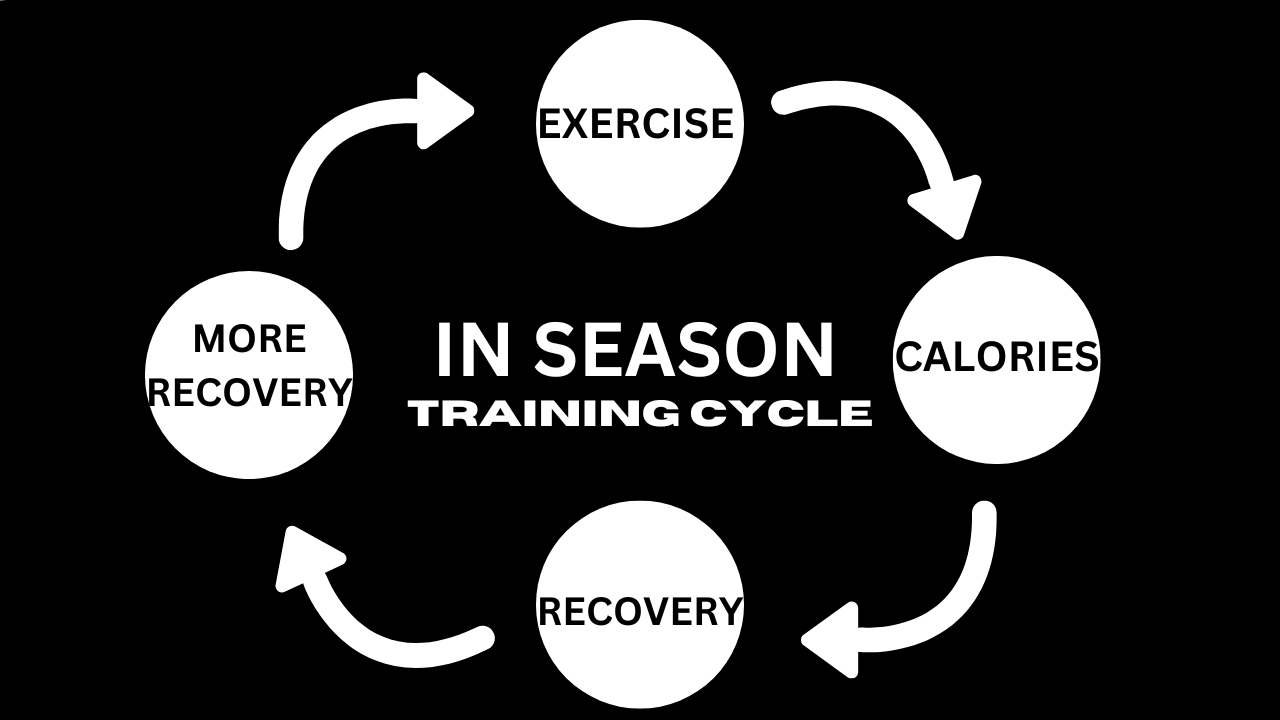
Planning Your Year-Round Training Schedule
Following a training calendar ensures that you're not just ready, but also peaking at the right moments. Start by pinpointing precise objectives for each segment of your training cycle. This roadmap should guide you from the foundational maintenance work in the off-season to the peak phases, and back to maintenance as the competitive season rolls in. Adaptability is key; be prepared to tweak your routine based on how much stress you are experiencing within your training and day-to-day.

